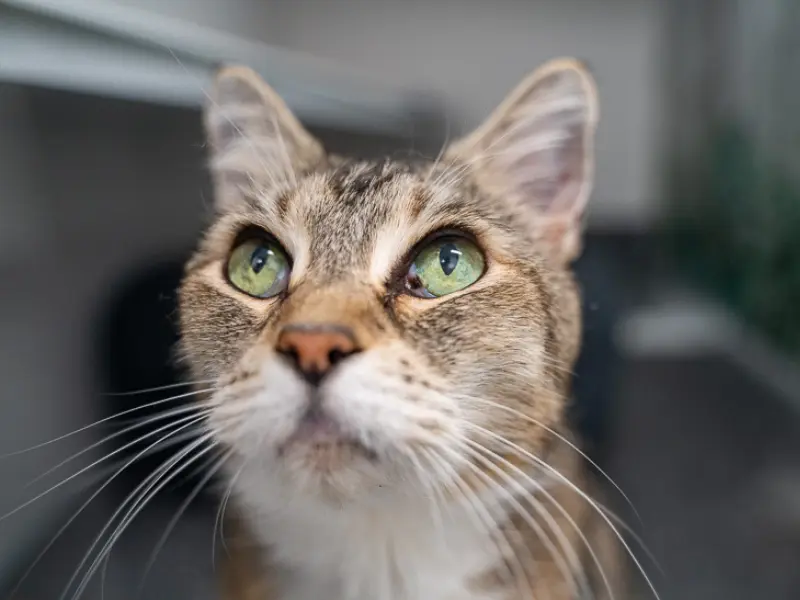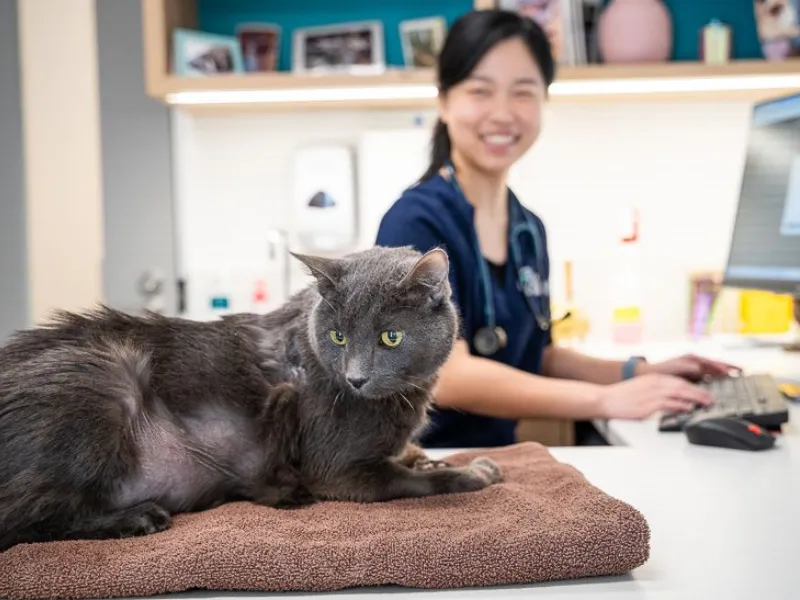The road to recovery for Kuro
Kuro is a calm and dignified older cat who faced a challenging case of hyperthyroidism and early kidney changes.
Kikki’s transformation after I-131
Kikki is a gentle and resilient cat who came to CSS with a long-standing case of hyperthyroidism and significant heart changes.
Bubba beats hyperthyroidism
Bubba is a charming ginger and white cat who came to us after his owner noticed he was hunting more, eating voraciously and losing weight, all subtle signs of hyperthyroidism.
Expert care and a tailored plan saved Ed from pancreatitis
Pancreatitis is an inflammatory condition that disrupts digestion and often goes unnoticed until a cat becomes seriously ill. That was the case for Ed, whose vague symptoms progressed into a life-threatening emergency. Thankfully, with expert care from Cat Specialist Services, she made a full recovery.
Tango Triumphs Over FIP
At 5 months old, Tango was diagnosed with Feline Infectious Peritonitis (FIP). Once considered a fatal disease, the introduction of new treatments has significantly boosted the survival rate.







